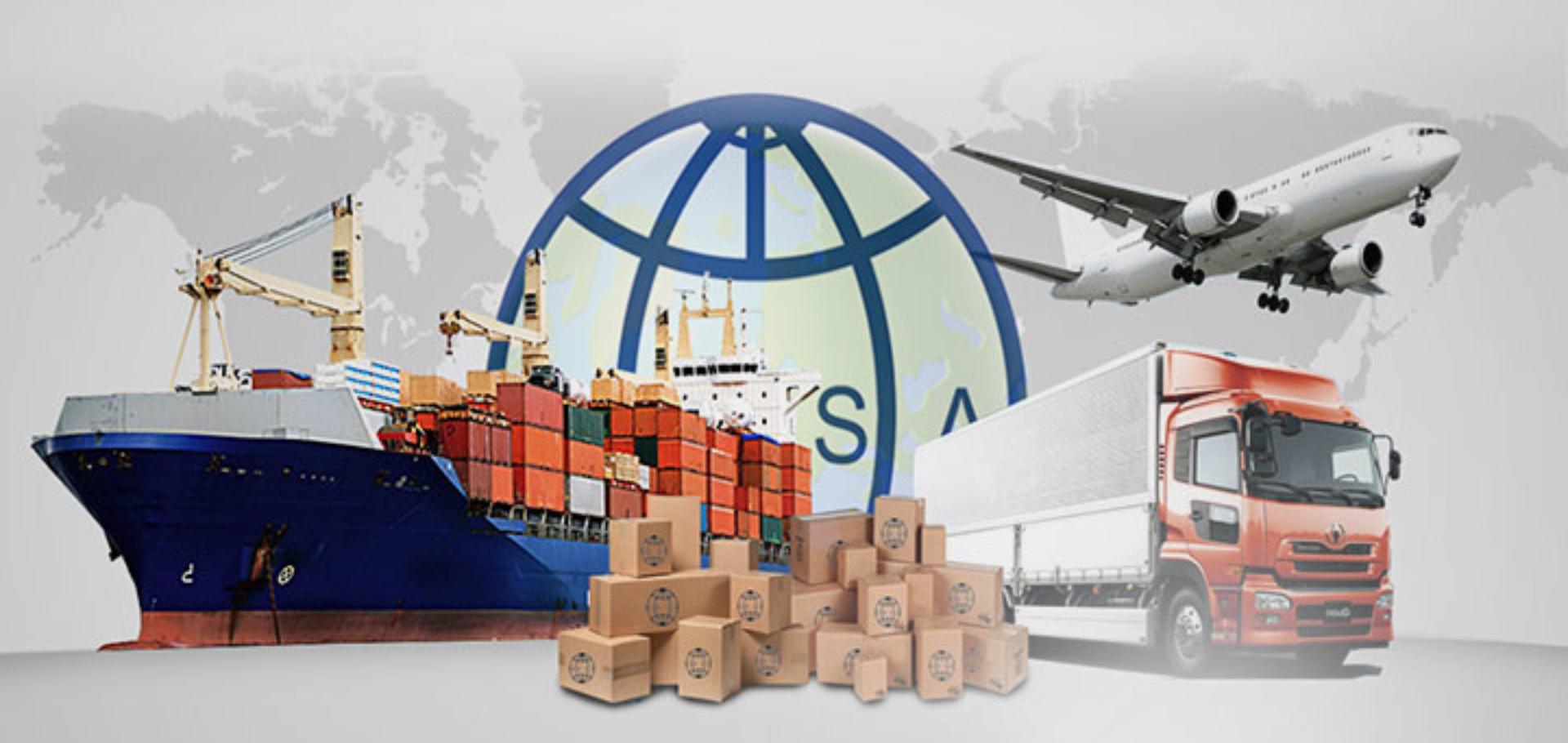Brief Overview of 1 PL, 2PL, 3PL, 4PL & 5PL
June 7, 2023

In the vast realm of logistics, it’s crucial to grasp the nuances of various logistics solutions. This blog provides a brief overview of 1PL, 2PL, 3PL, 4PL & 5PL, shedding light on their roles and functionalities. Whether you’re seeking internal management, outsourcing, comprehensive services, strategic coordination, or advanced technology-driven decision-making, this guide will help you navigate the logistics landscape with confidence.
1PL (First-Party Logistics)
Definition:
1PL, also known as First-Party Logistics, refers to an organization managing its logistics operations internally. In this setup, companies handle the transportation, warehousing, and distribution of their products or services without involving external parties.
Key Features:
- Internal management of logistics operations.
- Direct control over the supply chain.
- In-house resources and infrastructure.
2PL (Second-Party Logistics)
Definition:
2PL, or Second-Party Logistics, involves outsourcing specific logistics functions to a reliable partner or service provider. This arrangement allows companies to focus on their core competencies while relying on a trusted partner to handle the transportation, warehousing, or distribution tasks.
Key Features:
- Outsourcing of specific logistics functions.
- Collaborative partnership with a logistics provider.
- Shared responsibilities and costs.
3PL (Third-Party Logistics)
Definition:
3PL also referred to as Third-Party Logistics, expands upon the services offered by 2PL providers. In addition to transportation and warehousing, 3PL companies offer a wider range of logistics solutions, such as inventory management, order fulfillment, packaging, and more.
Key Features:
- Comprehensive logistics services and solutions.
- Expertise in managing the entire supply chain.
- Flexibility and scalability to meet evolving needs.
4PL (Fourth-Party Logistics)
Definition:
4PL, or Fourth-Party Logistics, takes logistics management a step further by acting as an integrator and coordinator. These providers take charge of overseeing the entire supply chain, including multiple 3PL partners, to optimize operations, improve efficiency, and enhance overall performance.
Key Features:
- Strategic coordination of multiple 3PL providers.
- Centralized management of the supply chain.
- Focus on optimization, efficiency, and cost-effectiveness.
5PL (Fifth-Party Logistics)
Definition:
5PL, also known as Fifth-Party Logistics, is a relatively new concept in the logistics industry. 5PL providers go beyond managing the physical aspects of the supply chain and focus on leveraging advanced technologies like artificial intelligence, big data, and analytics to drive intelligent decision-making and provide strategic insights.
Key Features:
- Utilization of advanced technologies for data analysis and optimization.
- Strategic insights and decision support.
- Emphasis on innovation and digitalization.
Conclusion
In conclusion, the logistics industry offers a spectrum of solutions, each catering to different operational requirements. From 1PL, where companies handle logistics internally, to 5PL, which focuses on advanced technology-driven decision-making, understanding the various levels of logistics solutions can help organizations make informed choices to enhance their supply chain efficiency and overall business performance. By leveraging the right logistics solution, businesses can optimize their operations, streamline processes, and stay ahead in an increasingly competitive market.